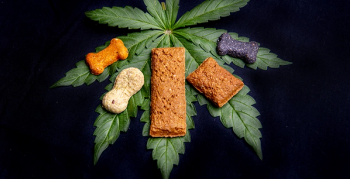
Let’s try to understand the functioning and chemistry of GC columns and how to change and manipulate the resolution equation and column chemistry to maximize our own analyses.


Let’s try to understand the functioning and chemistry of GC columns and how to change and manipulate the resolution equation and column chemistry to maximize our own analyses.

In this introduction to Beer’s Law, we review its use, history, and begin to cover the theory behind the equation.

It is demonstrated in this paper that cell viability can be used to determine dose and response effects that are important in understanding toxicities and to detect differences in similar hemp products.

A discussion on the selection of a “golden” potency method including what this method should look like, how we should go about choosing it, and more.

Understand the function and chemistry of GC systems and how to adapt that function and methodology to our own analyses.

Let’s take a deeper look into GC instrumentation.

This article focuses on the use of GC–MS for the analysis of derivatized cannabinoids in hempseed oil matrix.

In this study, six different brands of CBD oil pet supplements were obtained and untargeted analyses using gas phase-time of flight mass spectrometry were performed.

An in depth look at the process behind terpene analysis in medical marijuana

A look at how TD-GC–MS analysis eliminates conventional sample preparation regimes and can be used as a good rapid screening technique.


An interview with Jeff Dahl, an applications scientist at Shimadzu Scientific Instruments; Joe Konschnik, a business development manager for the food and beverage market at Restek Corporation; Andre Santos, the Americas market development manager at Agilent Technologies; Alicia D. Stell, the CEM product development lab manager; and Xiaoyan Wang, a research scientist at UCT

An interview with Susan Audino

An interview with Jeffrey C. Raber
